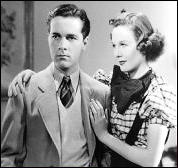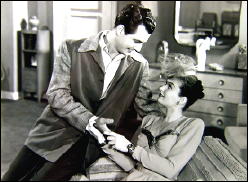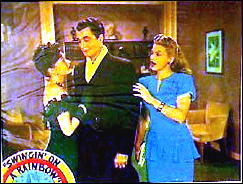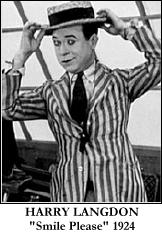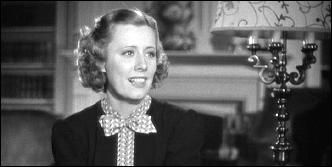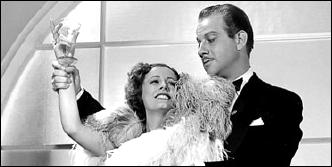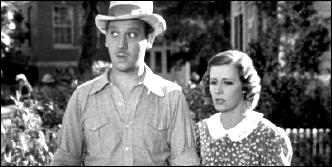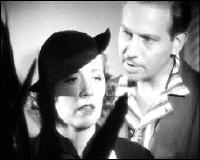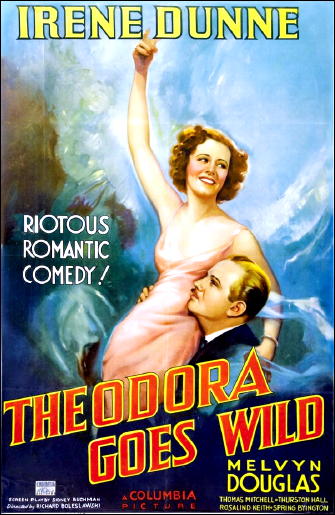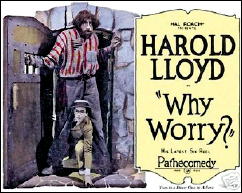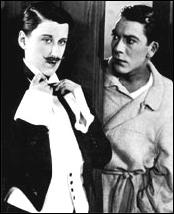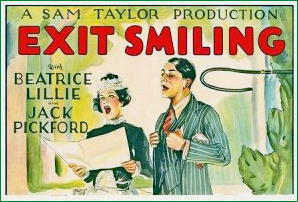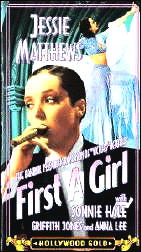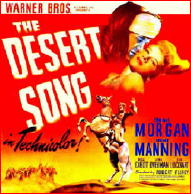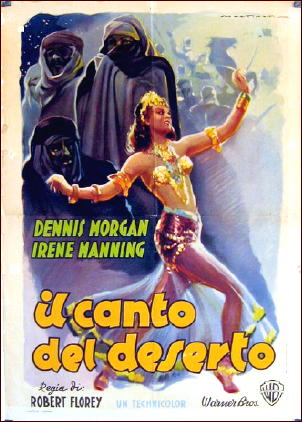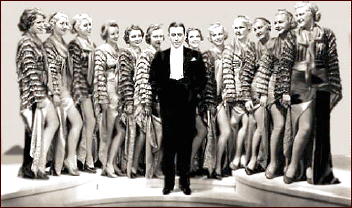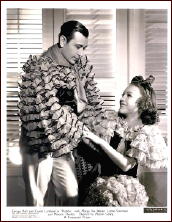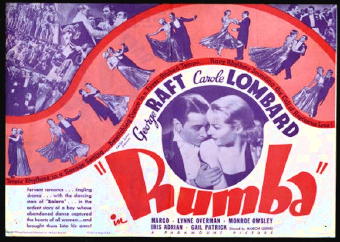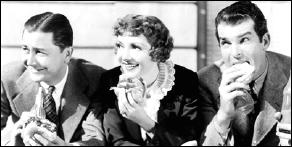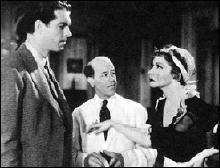Reviewed by DAVID L. VINEYARD:
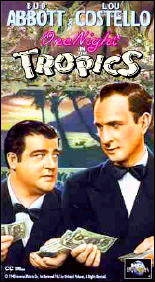
ONE NIGHT IN THE TROPICS. Universal Pictures, 1940. Allan Jones, Nancy Kelly, Bud Abbott, Lou Costello, Robert Cummings, Mary Boland, Peggy Moran, William Frawley, Leo Carillo. Screenplay: Gertrude Pursell, Charles Grayson, John Grant (uncredited), adapted by Kathryn Scolla & Francis Martin from the novel Love Insurance, by Earl Derr Biggers. Songs by Jerome Kern, Oscar Hammerstein & Dorothy Fields. Director: A. Edward Sutherland
This was the film debut of Abbott and Costello (Lou Costello had appeared in some silent films in bit parts) and it leaves you wanting more of them and less of almost everything else in the film save for Robert Cummings and Peggy Moran, including the forgettable Kern, Hammerstein, and Fields songs Allan Jones regularly breaks into.
That to one side, it’s a pretty good screwball romantic comedy that benefits from an expert cast.
Robert Cummings is Steve Harper, a less than bright playboy who has fallen in love with Cynthia Merrick (Nancy Kelly), but who finds his way to true love opposed on two fronts — first by a series of mishaps with Cynthia’s Aunt Kitty (Mary Boland) and secondly by his ex-girlfriend, Mickey Fitzgerald (Peggy Moran), who isn’t planning on letting him get away.
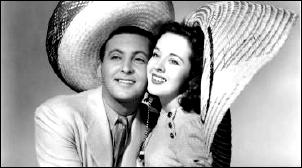
Enter Steve’s old pal Lucky Moore (Allan Jones, father of singer Jack Jones). Lucky is an insurance man par excellence, and has a bright idea — he’ll sell Steve a $1 million dollar policy guaranteeing that Steve and Cynthia end up together. It’s a cinch. Love insurance — why didn’t anyone think of it before?
Lucky’s father isn’t so sure about that so he makes Lucky find an underwriter for the ‘sure thing’ policy — nightclub owner William Frawley, who assigns two lunkheads in his employ to make sure things don’t go wrong — Bud and Lou …
Costello lights up a cigar.
Abbott: Put that out. There’s no smoking in here.
Costello: What makes you think I’m smokin’?
Abbott: You’ve got a cigar in your mouth!
Costello: I’ve got shoes on… don’t mean I’m walkin’.
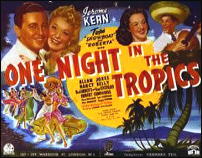
Obviously just about everyone in the film is suffering from a serious lack of good judgment. It’s one of those plots where if anyone listened or paused to think, the whole facade would crumble. Fortunately for us, and unfortunately for the characters, no one even thinks about having a rational thought for the span of the film.
Earl Derr Biggers’ novel was filmed before in 1919 and 1924, like his highly famous Seven Keys to Baldpate and The Agony Column, both highly popular works and filmed multiple times. (Readers here hardly need reminding Biggers was also the creator of Charlie Chan.)
As Mickey schemes to get Steve back and Steve tries to win over Aunt Kitty, the problems multiply, and bumbling Bud and Lou don’t help. And when Lucky meets Cynthia he falls head over heels for her and she for him.
Cynthia sails for the Tropics to get away from the mess, and naturally Steve follows with Mickey in tow, Lucky along to sabotage his own best interests, and Bud and Lou dispatched to make sure Steve and Cynthia get together and stay together. Once there Leo Carillo gets thrown in the mix as a Latin Lothario.
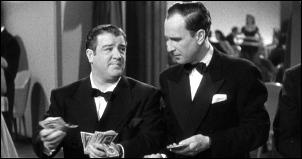
Despite the minor songs, the film is bright and funny, and if you fins yourself wishing for more of Bud and Lou or even Cummings and Moran, Allan Jones and Nancy Kelly are attractive leads, and if they can’t quite compete with the zaniness of the others involved, they handle this extremely well. It’s not their fault that Cummings has a thousand times more screen presence than Jones, or that Peggy Moran has all the best lines other than the boys (Bud and Lou).
There is an abbreviated version of ‘Who’s On First?’ on hand and several of the boys routines as well as the usual wise cracks and smart lines:
Costello: He’s gonna make a wonderful husband.
Abbott: You don’t even know what a husband is.
Costello: A husband is what’s left of a sweetheart after the nerve has been killed.
There is also what may well be the first Humphrey Bogart joke on film:
Costello: Who do ya’ think you are, Humphrey Bogart?
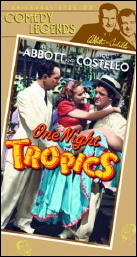
One Night in the Tropics is a good minor musical that moves fast and features bright players and crackling dialogue. Other than those they did at MGM, production values were somewhat higher than later Abbott and Costello films, and the cast is excellent.
That said, you are bound to wish there had been more of the boys and Cummings and Moran and less of Jones and Kelly.
The boys’ next outing was Buck Privates, and they never took a back seat to anyone again in their own films, though Kathryn Grayson and John Carroll get quite a bit of screen time in Rio Rita where the boys are slipped into an old plot.
Overall this one is bright and funny, and for once the romantic comedy aspect is good enough to hold your attention when the boys are off screen. But it’s a shame Peggy Moran and Robert Cummings weren’t teamed again. They are almost as much fun as Bud and Lou, which you can’t always say about the romantic leads in this kind of film.
Note: Thanks to the IMDB website for providing the exact wording of the first two sets of quotes.
